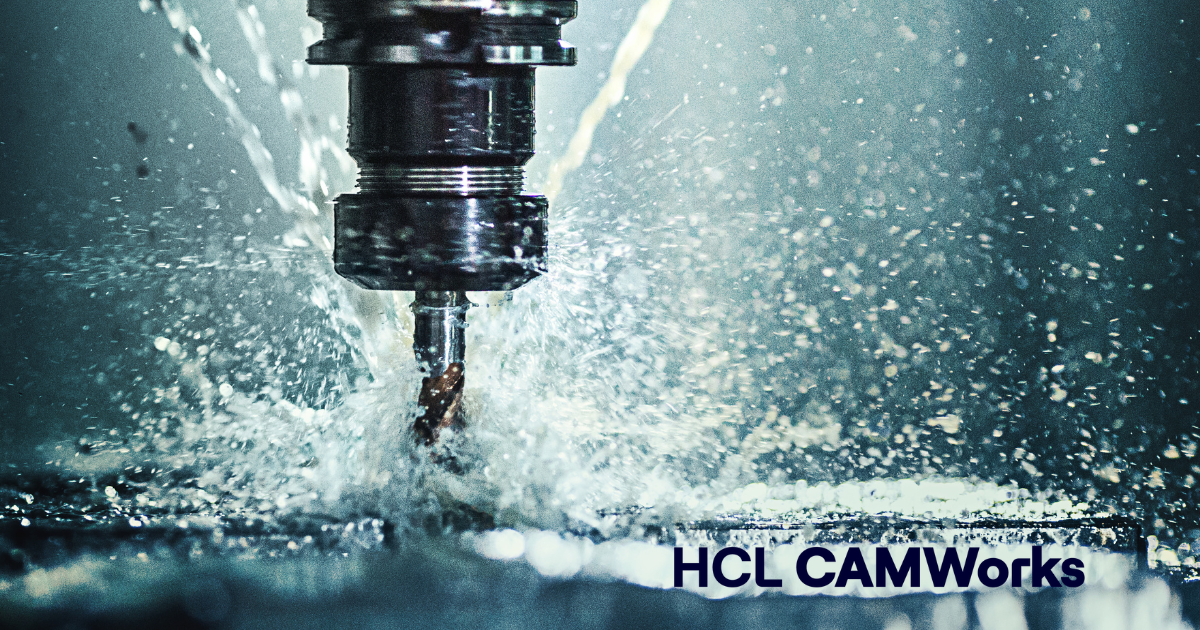
Do Robots perform better than CNC machines when it comes to machining? Can robots really be used for machining?
Robots have been increasingly used in place of traditional machine tools for a variety of tasks, including milling, polishing, deburring, and cutting, among others.
Can robot machining really outperform dedicated machine tools?
It is likely that you will be a little sceptical if you are unfamiliar with robot machining. A robot is not well known for its rigidity, a characteristic typically associated with CNC machines. The advantages of robot machining, however, can outweigh this disadvantage.
There are certain applications that are ideal for robot machining. The workpiece is too large for traditional machine tools, it is made of a relatively soft material, and it requires complex machining paths which would not be possible with most CNC machines. Consequently, robot machining is a popular method of machining large complex shapes from soft materials.
Over the past few years, robot accuracy has improved. An industrial robot can be calibrated as close as possible to its repeatability.
Industrial robots often have a large working area. A medium-sized industrial robot has a working envelope of seven to eight cubic meters. Additionally, you can easily extend the robot’s workspace by adding an external axis.
The process of robot machining can be carried out easily if you have the right programming software. Unlike traditional robot simulation software, SprutCAM X Robot offers a wide range of capabilities.
The offline programming unit consists of:
- Calculation of toolpaths for any application
- Simulation
- Singularity and collision-free movement optimization
- post-processing.
You can request a free trial of SprutCAM CAD/CAM from N C Tools
NC Tools is the Australian and New Zealand distributor for SprutCAM. For more information about SprutCAM Software and product inquiries, please contact us at https://nctools.com.au/ or call us on +61 3 8618 6884







